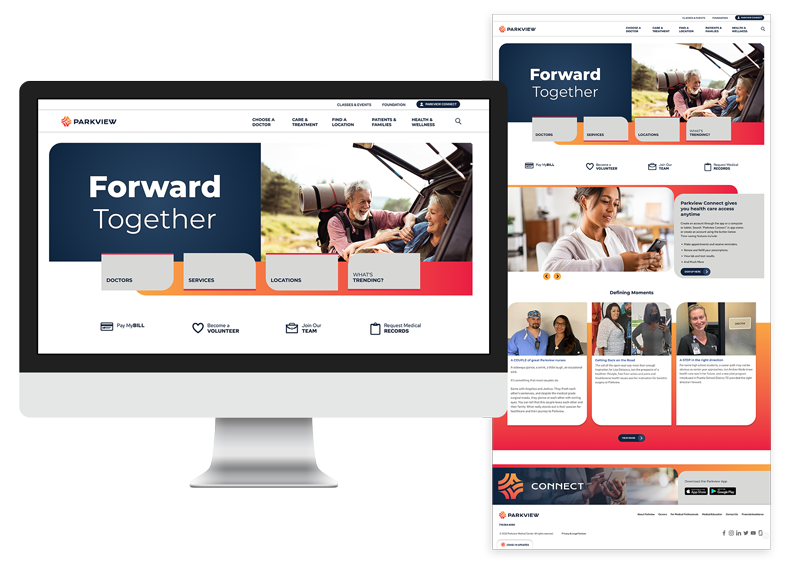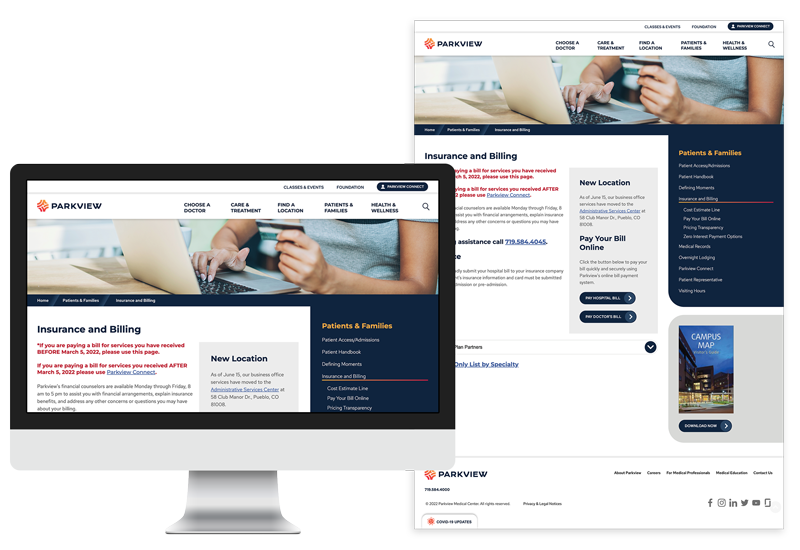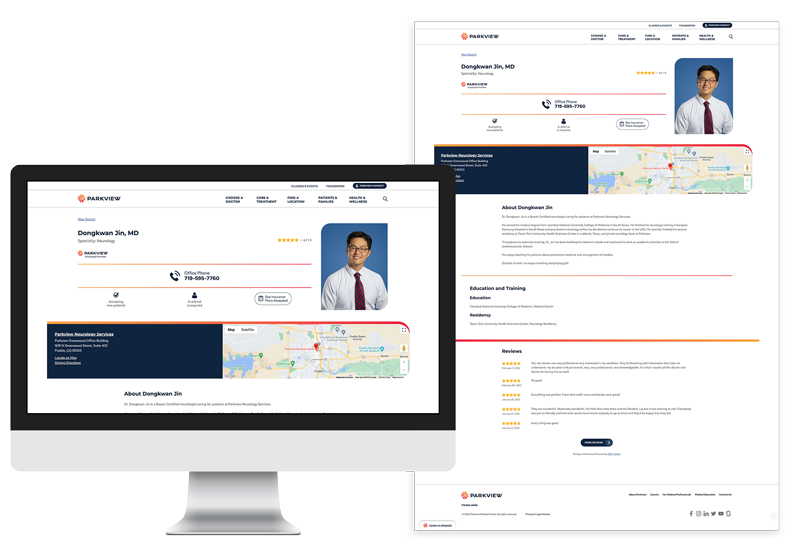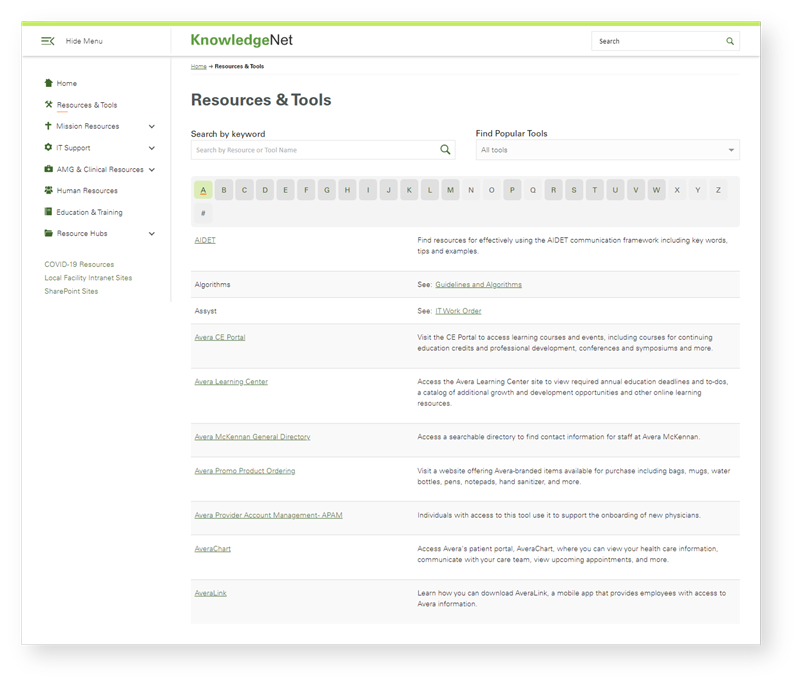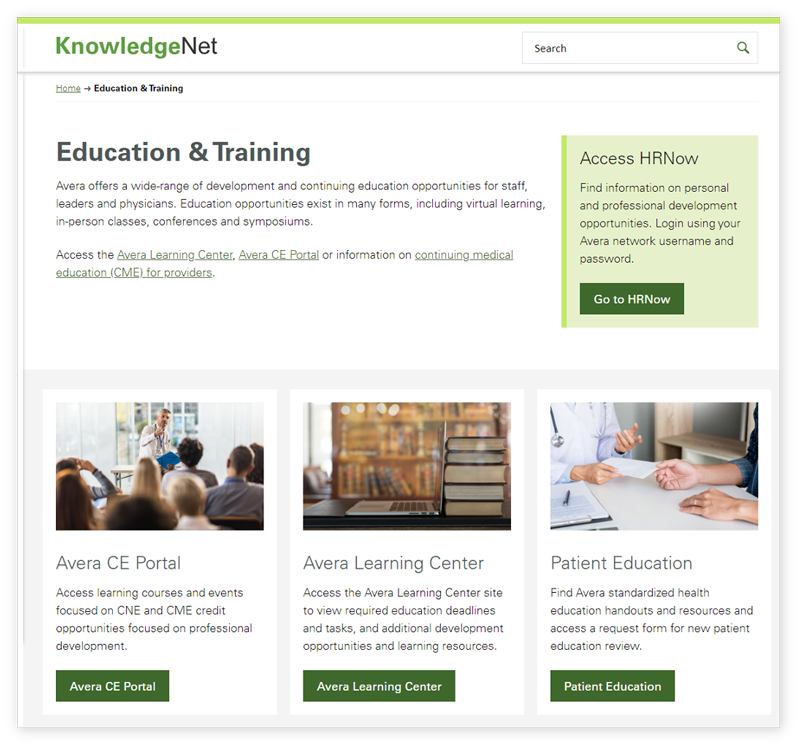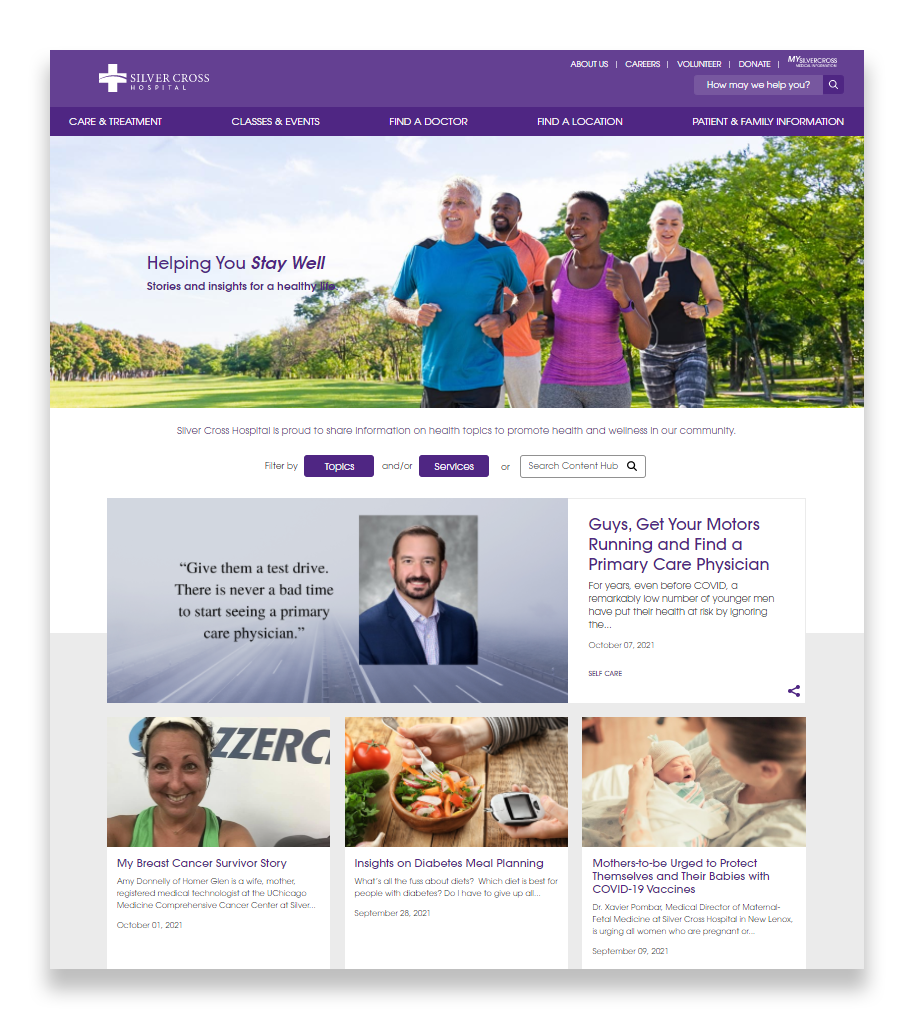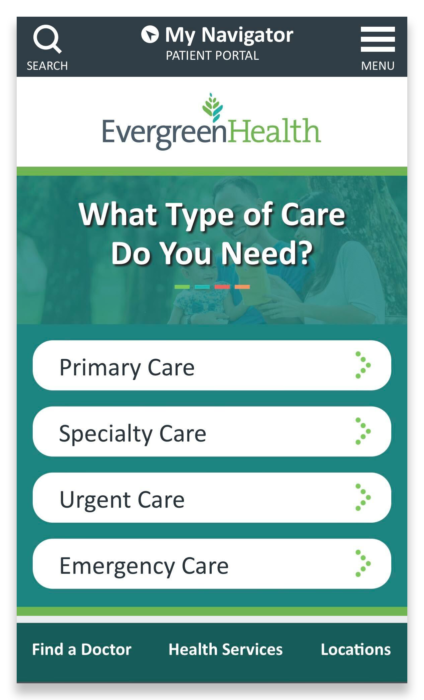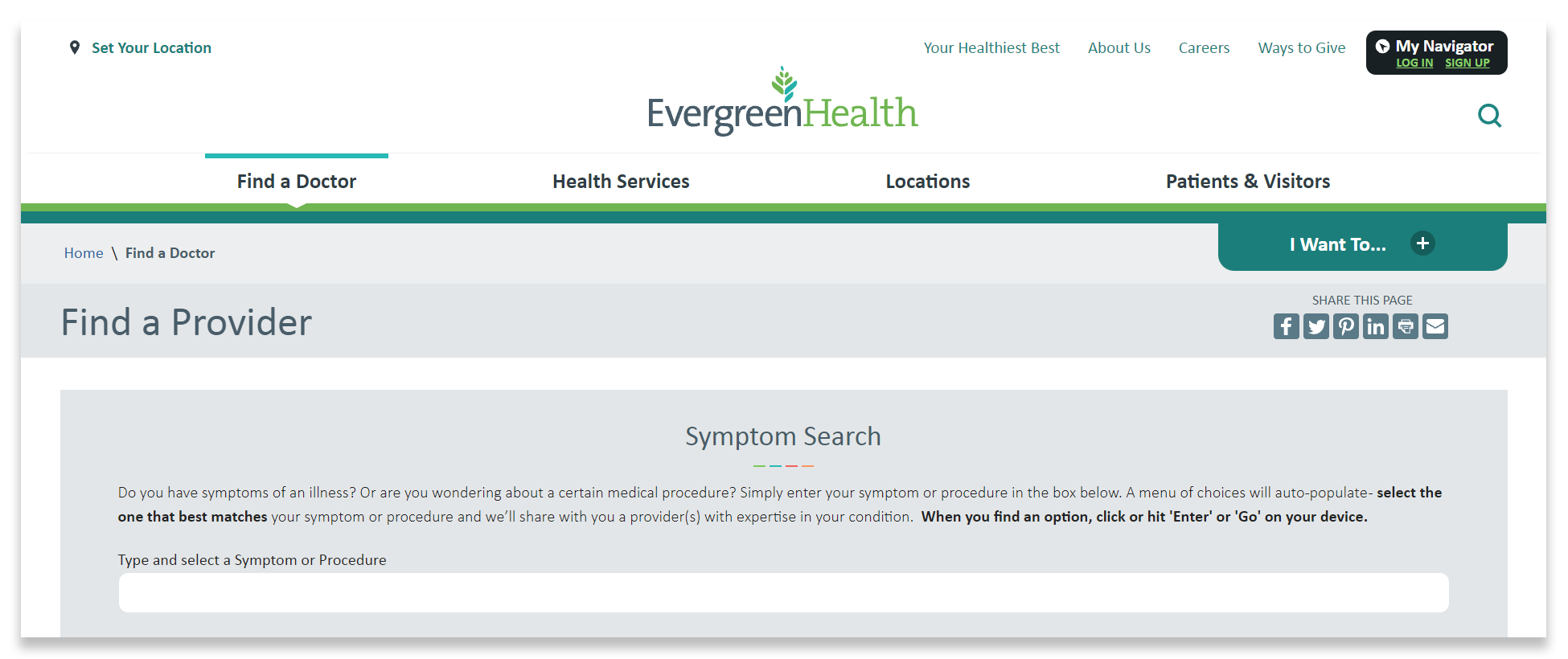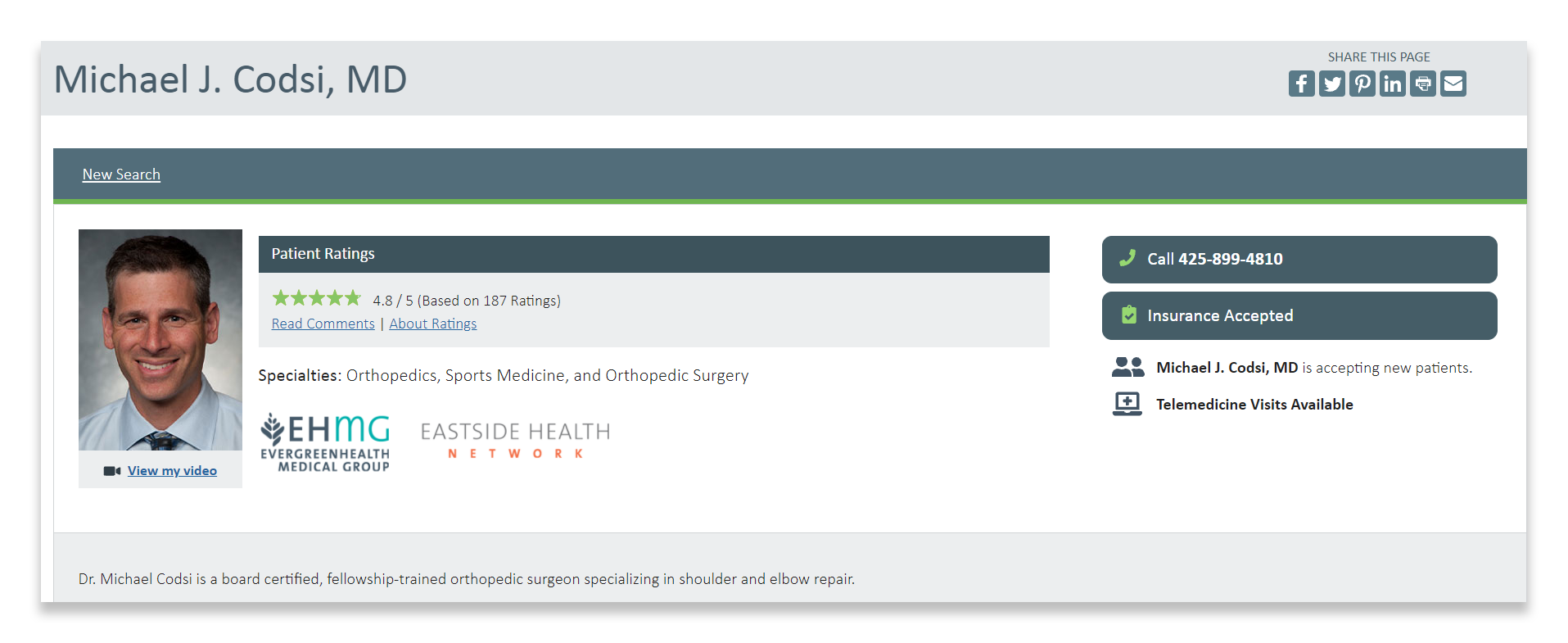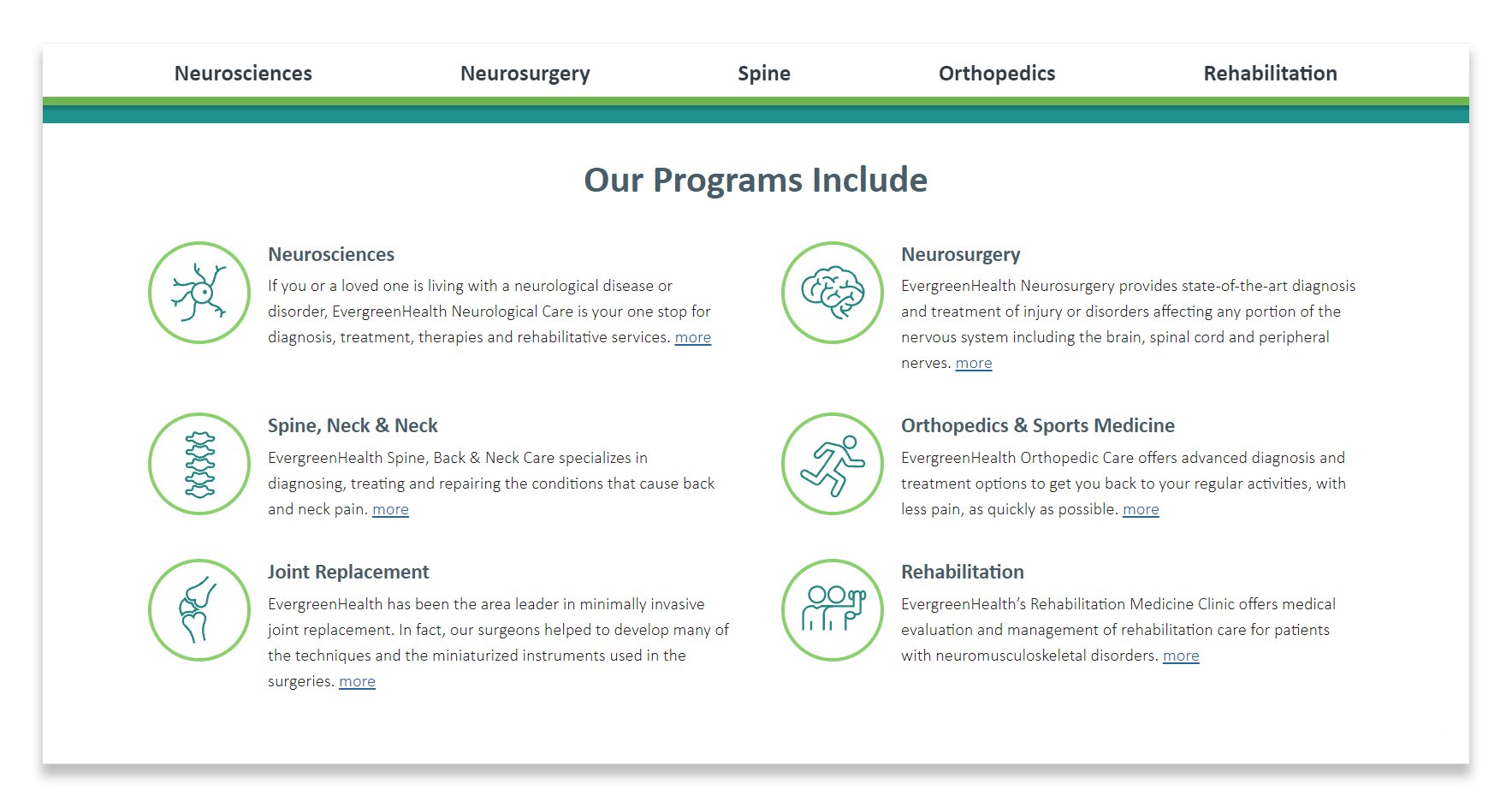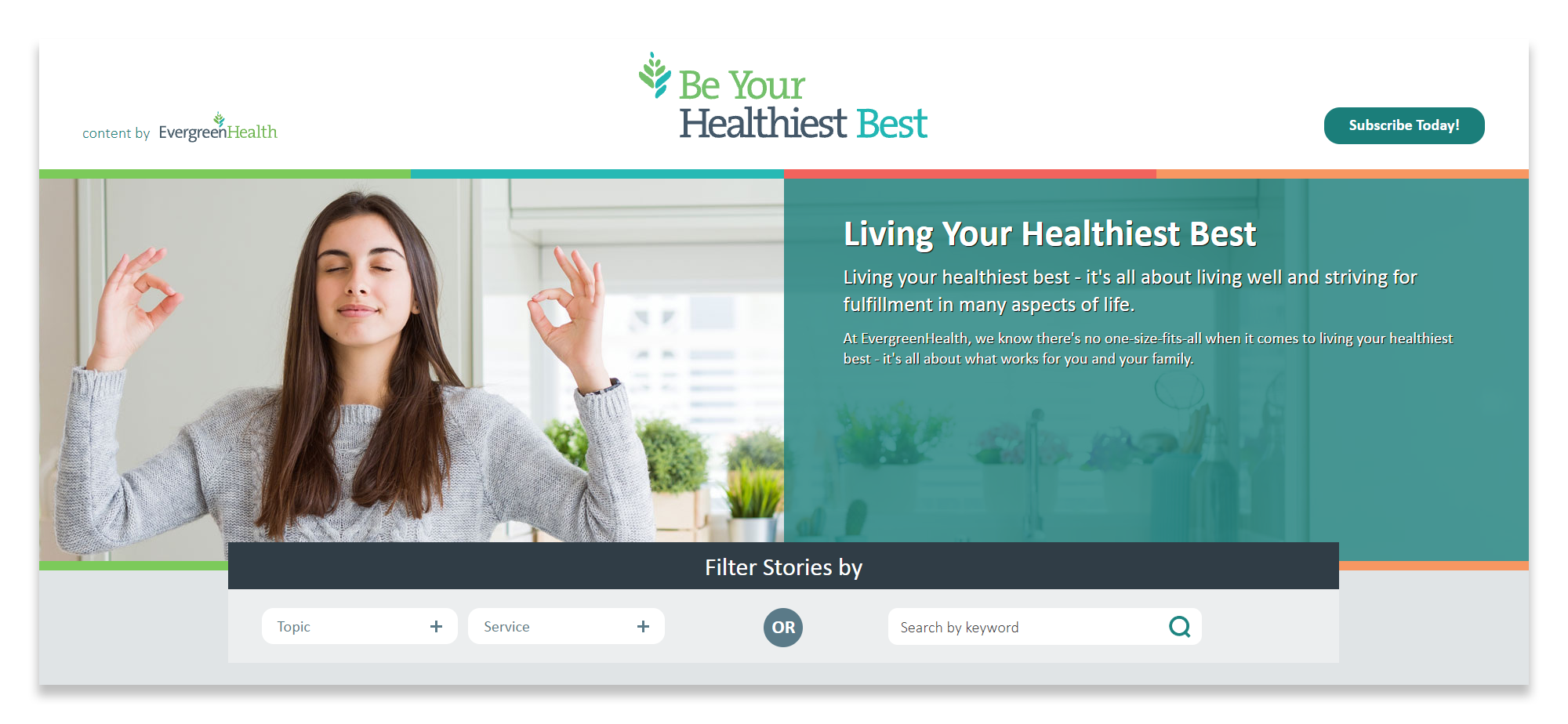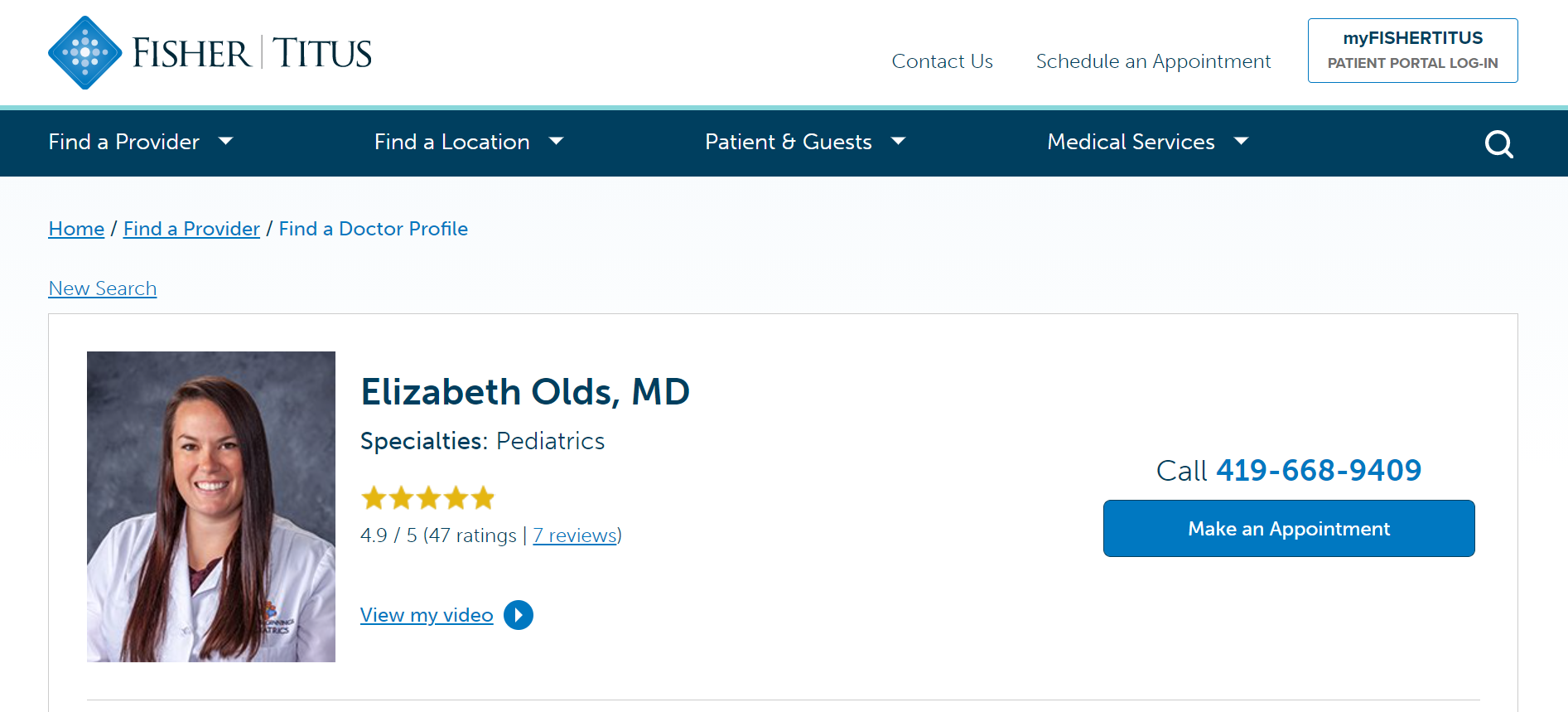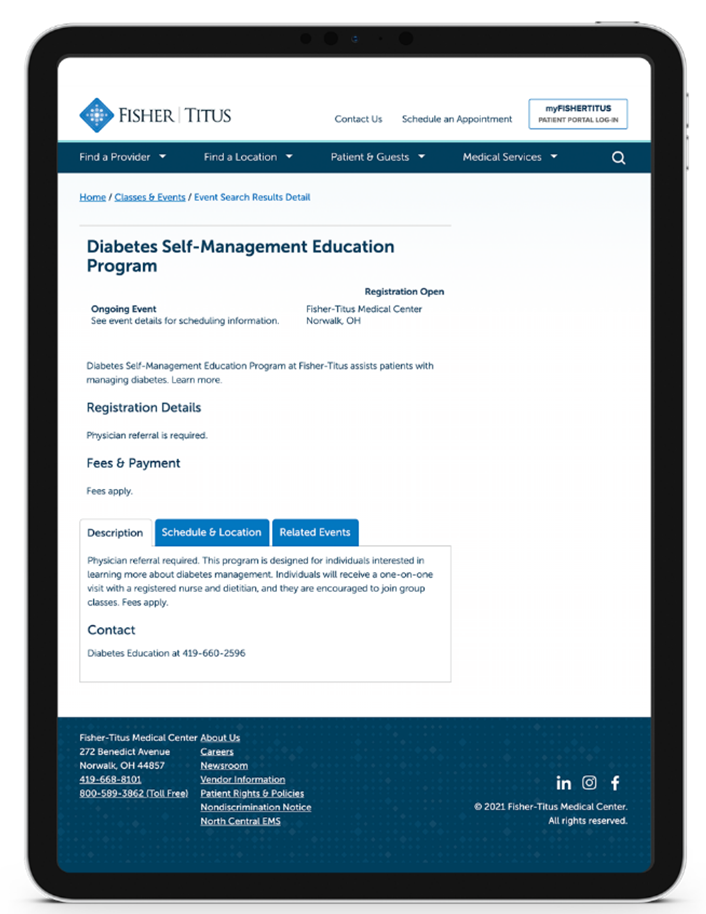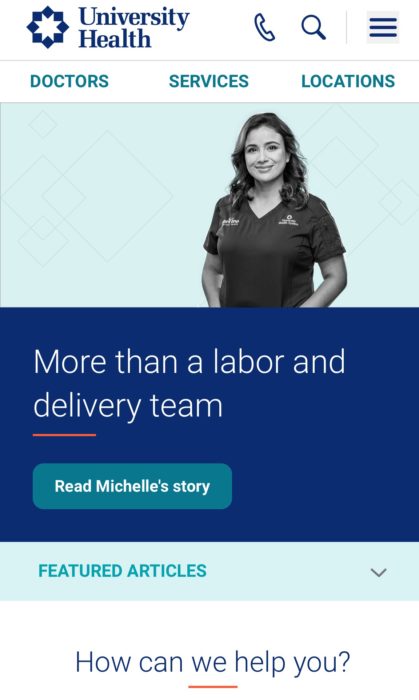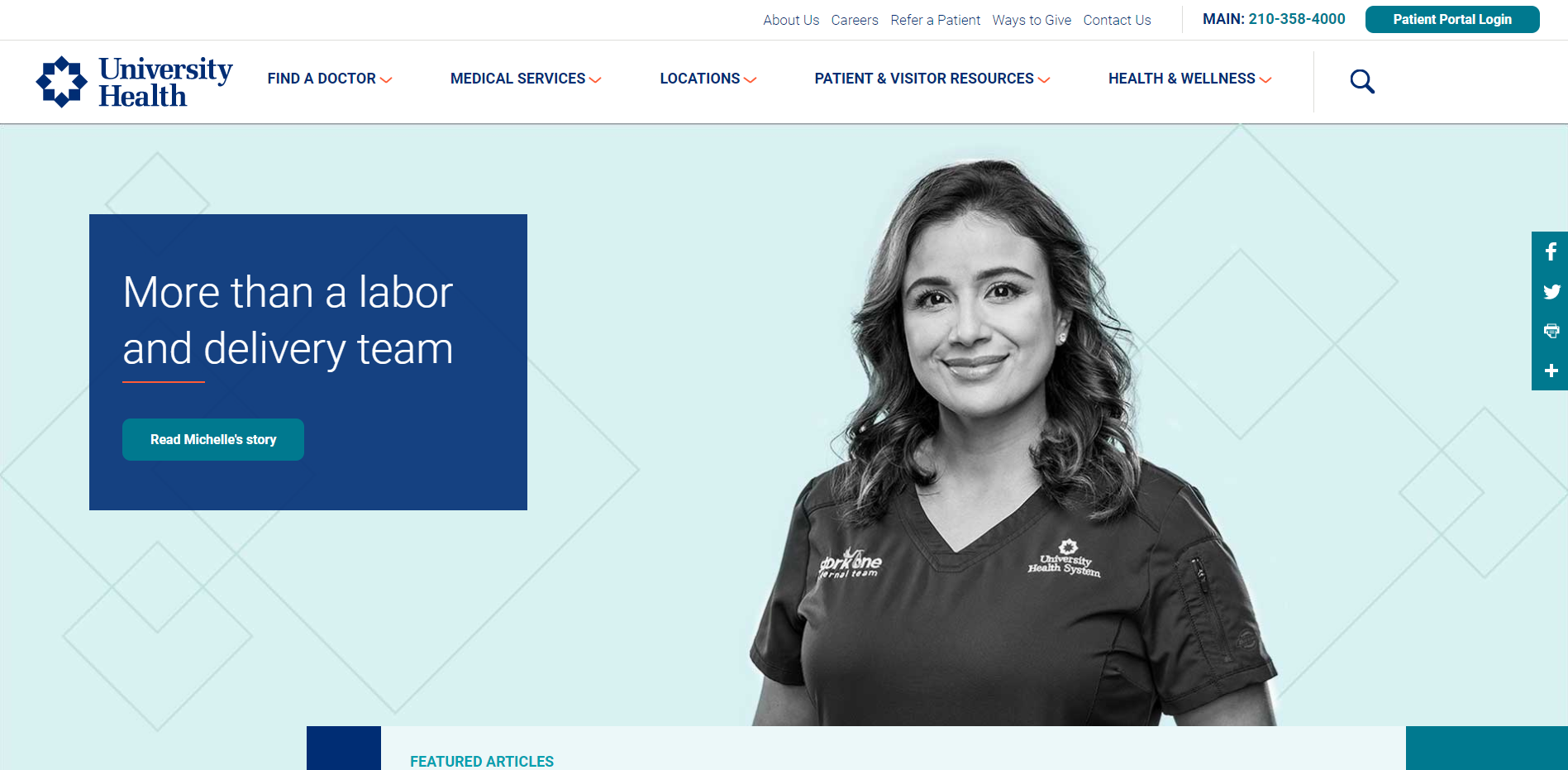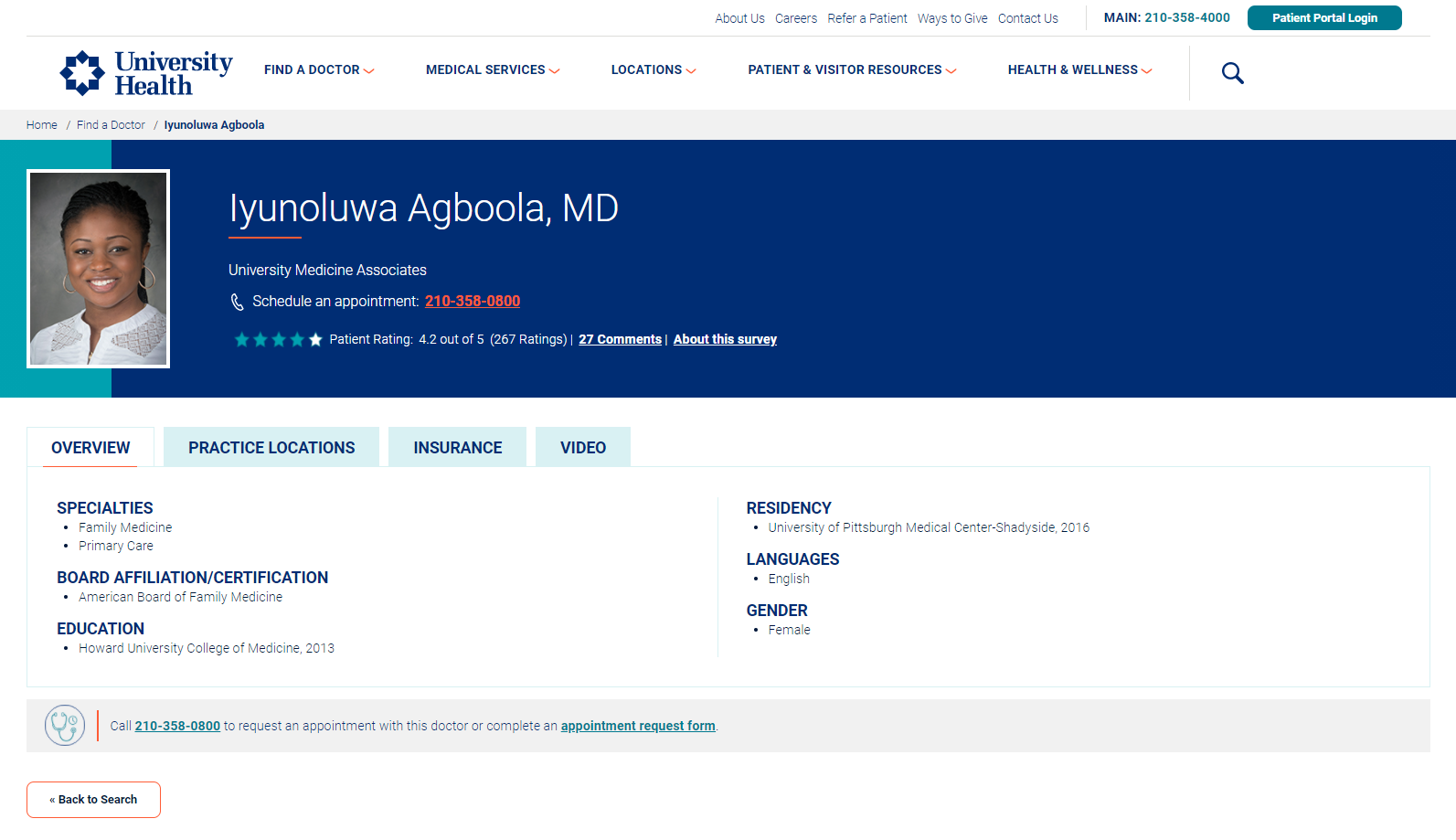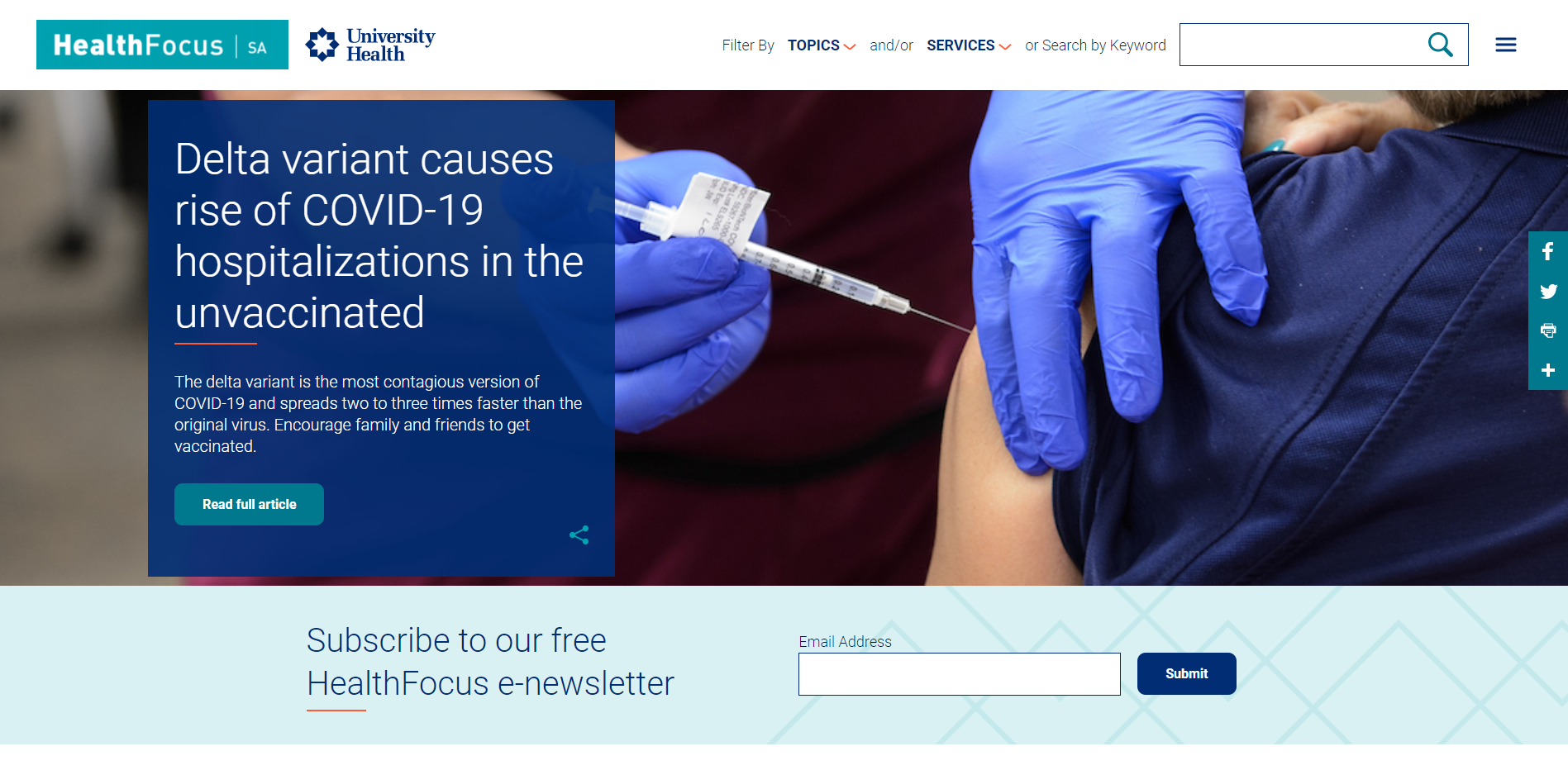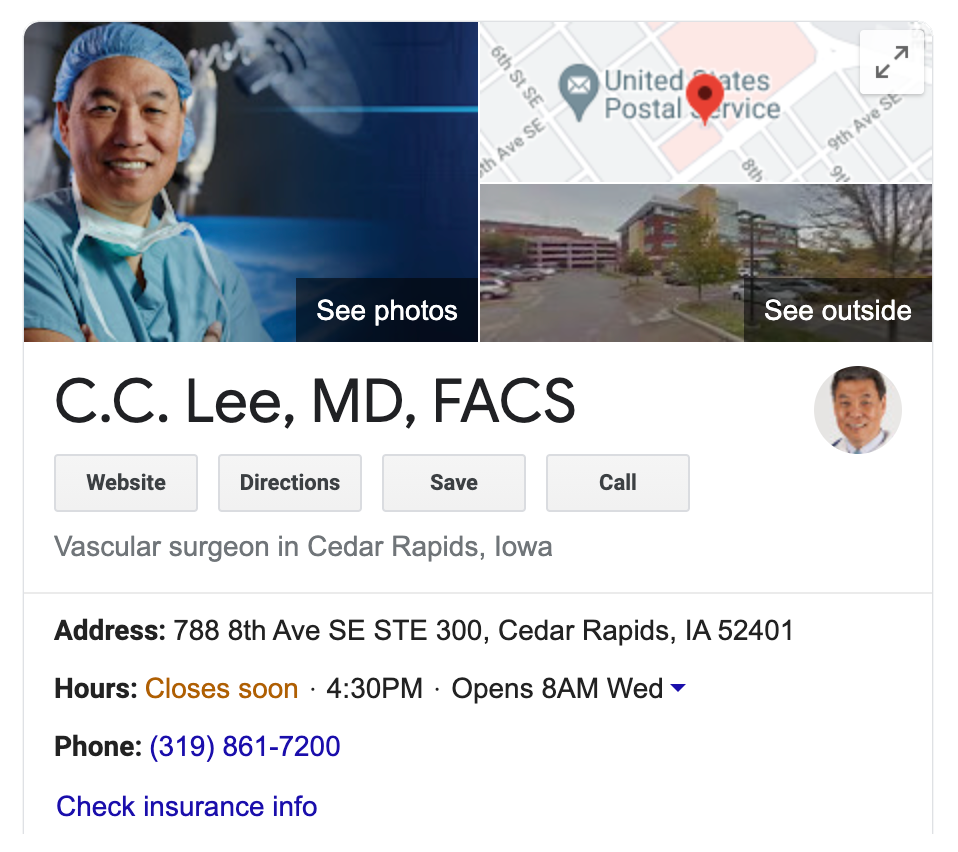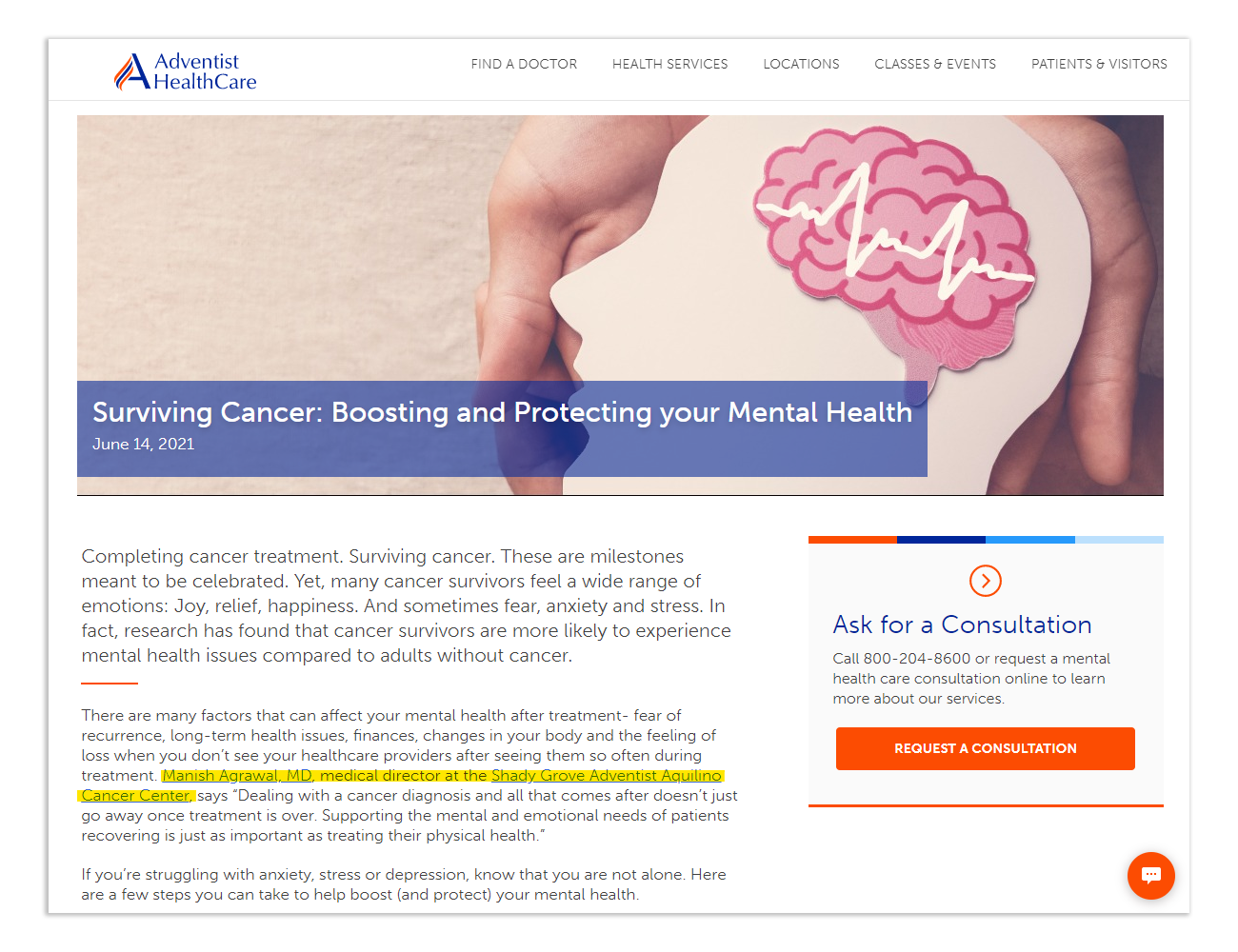Burke Rehabilitation is a nationally recognized and accredited not for profit healthcare provider based in White Plains, NY, specializing in rehabilitation treatment, research, and graduate medical education. The organization comprises a free-standing rehabilitation hospital and 15 outpatient satellites around the New York City area.
Burke was founded in April 1915 and today is recognized by U.S. News & World Report 2024-2025 rankings as one of the top rehabilitation hospitals in the country.
Website redesign
Burke began their partnership with Geonetric in 2022, when it brought our team in to bring its recently refreshed brand to life with a new website built on our VitalSite® content management system.
The website redesign focused on creating a site that was fully responsive and featured a mobile-first design that enabled patients, caregivers, physicians, and job seekers to find the information they need from their mobile devices.
Our content team also worked with Burke stakeholders to dramatically cut the number of pages on the website from 3,000 to 80 without losing any essential content or functionality. Without these redundant pages, we also stopped the site from poaching traffic and SEO rankings from itself.
Burke’s redesigned website officially launched in February 2023.
Starting from a strong foundation
Burke brought in new marketing leadership roughly a year after the organization launched its redesigned website.
While the new website presented a solid foundation and delivered results for Burke — including a 46% increase in conversion rate and a 29% increase in pages viewed by users per session — marketing leadership knew there was more that could be done to help put the Burke Rehabilitation brand front and center.
The client and Geonetric began with a user experience (UX) assessment to identify opportunities for iterative design and content changes that didn’t require starting from scratch but could nonetheless improve how users navigated the website.
This assessment led the team to data that hadn’t been collected until they moved their site to VitalSite — data that would enable them to make more strategic, informed decisions.
“The updates that we made were based on strategy and data, as opposed to pulling things out of the ether,” explained John Whaley, the Senior Account Strategist who manages the partnership between Burke and Geonetric. “When we started to take that more strategic approach and say, ‘Ok, what are the goals? What kind of things can we do to assist users to get further into the website?’ That’s where we’re starting to see the results.”
Iterative ideas
Burke’s design updates included changes on the homepage and service line landing page and updated styling on several elements that appear throughout the site, such as the site’s color scheme and the layout of its main navigation. The organization’s service line content was also refreshed to align better with Burke’s business goals.
“I think by nature of what we do in terms of exceptional rehabilitative care, our graduate medical program, and our research and innovation, Burke is always going to be a clinically driven and pioneering type of organization,” the marketing executive explained. “I’m hoping that from a marketing perspective, we can demonstrate how marketing can help elevate the brand in those ways.”
When asked about future iterative design initiatives, Burke is looking forward to maintaining the website as a powerful, user-friendly marketing tool that can help raise the organization’s profile along with their other marketing initiatives.
“I don’t think we’ve harnessed yet the full value and potential that the website can offer us. Building a brand is not an overnight proposition,” the marketing executive said. “With the help of Geonetric, I think we really push forward with that agenda, in terms of advancing our reputation on a national level.”



